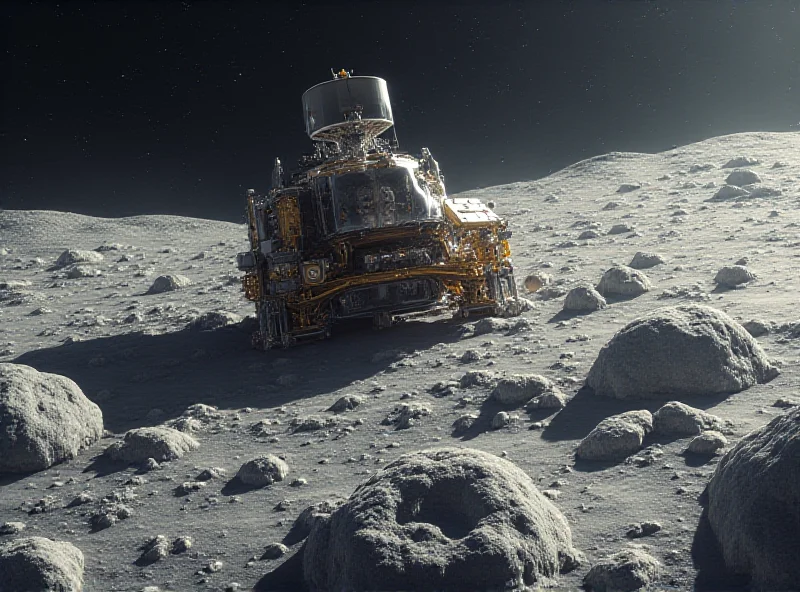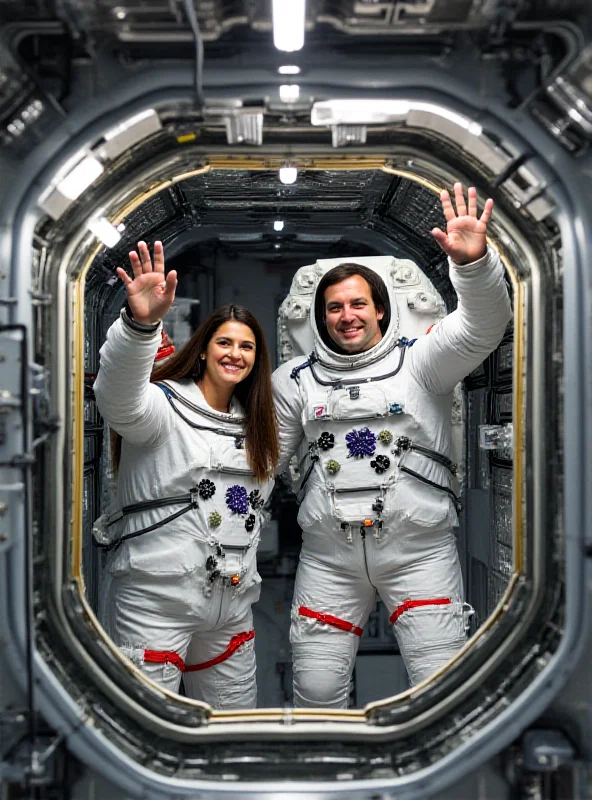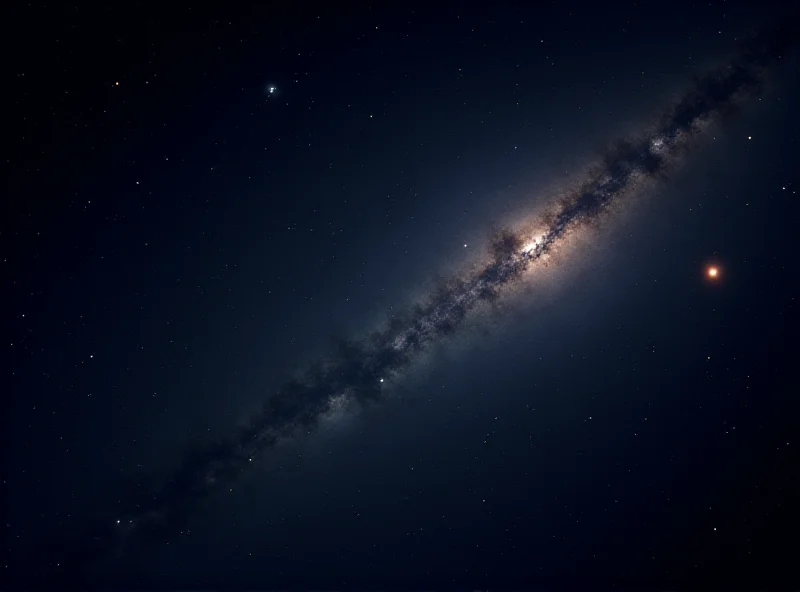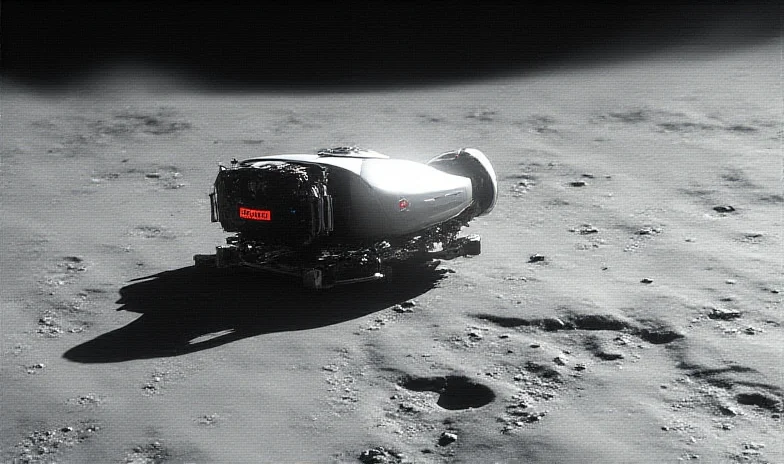NASA has been making headlines this month with a diverse range of activities, from ambitious lunar landings to advanced wildfire monitoring. Let's take a look at some of the key developments.
Lunar Landing Challenges and Artemis Advancements
Intuitive Machines' Athena spacecraft recently encountered an issue during its attempt to land on the moon. While the exact condition of the NASA-funded mission remains unclear, the incident highlights the challenges inherent in lunar exploration.  Despite this setback, NASA is pushing forward with its Artemis program. The Artemis IV mission will deploy the SLS Block 1B, featuring an upgraded upper stage and an adaptive payload adapter. This adapter, designed using structured light scanning, has been tested to handle three times the expected load, reducing manufacturing costs and allowing for rapid design modifications. Engineers at Marshall Space Flight Center have been instrumental in this process.
Despite this setback, NASA is pushing forward with its Artemis program. The Artemis IV mission will deploy the SLS Block 1B, featuring an upgraded upper stage and an adaptive payload adapter. This adapter, designed using structured light scanning, has been tested to handle three times the expected load, reducing manufacturing costs and allowing for rapid design modifications. Engineers at Marshall Space Flight Center have been instrumental in this process.
"These advancements in payload capacity and design flexibility are crucial for the success of future Artemis missions," says a NASA spokesperson.
SpaceX Rescue Mission and ISS Logistics
Elon Musk has accused the Biden administration of delaying the return of NASA astronauts Sunita Williams and Butch Wilmore from the International Space Station (ISS). According to Musk, SpaceX offered a rescue mission after NASA deemed Boeing’s Starliner unsafe for re-entry. The astronauts are now scheduled to return on a SpaceX Crew Dragon in March. This situation underscores the complex logistics and safety considerations involved in maintaining a presence in space.

Monitoring Wildfires with Advanced Infrared Technology
Back on Earth, NASA is actively working to improve wildfire monitoring. The agency recently tested its Compact Fire Infrared Radiance Spectral Tracker (c-FIRST) over California wildfires. Managed by NASA’s Jet Propulsion Laboratory, this instrument captures high-resolution thermal infrared data, identifying temperature variations across wildfire-affected areas. This technology could help firefighting agencies detect and respond to wildfires more quickly and accurately, ultimately aiding in fire suppression and prevention efforts.
Voyager 1: Prolonging the Mission
Even the venerable Voyager 1 is still contributing to science, albeit with some necessary adjustments.  To prolong the mission, engineers recently shut down the cosmic ray subsystem instrument. This tool, which consists of three telescopes that study cosmic rays, helped NASA determine when Voyager 1 left the heliosphere. While the deactivation of this instrument means a loss of data, it allows the spacecraft to continue operating and gathering other valuable information for years to come.
To prolong the mission, engineers recently shut down the cosmic ray subsystem instrument. This tool, which consists of three telescopes that study cosmic rays, helped NASA determine when Voyager 1 left the heliosphere. While the deactivation of this instrument means a loss of data, it allows the spacecraft to continue operating and gathering other valuable information for years to come.
NASA's diverse activities this month demonstrate its commitment to pushing the boundaries of space exploration and applying its expertise to address critical issues here on Earth.
